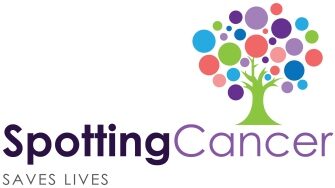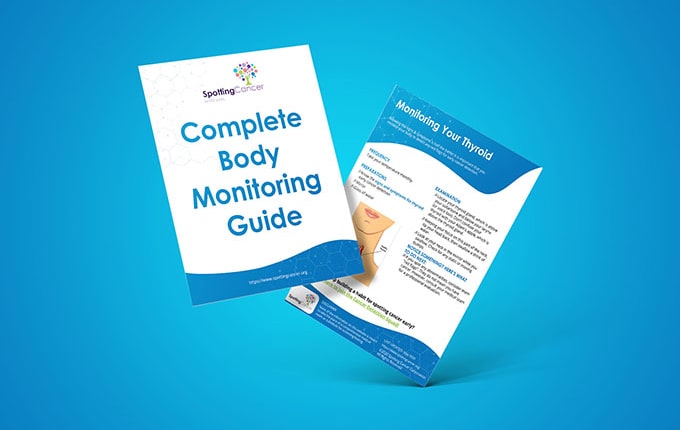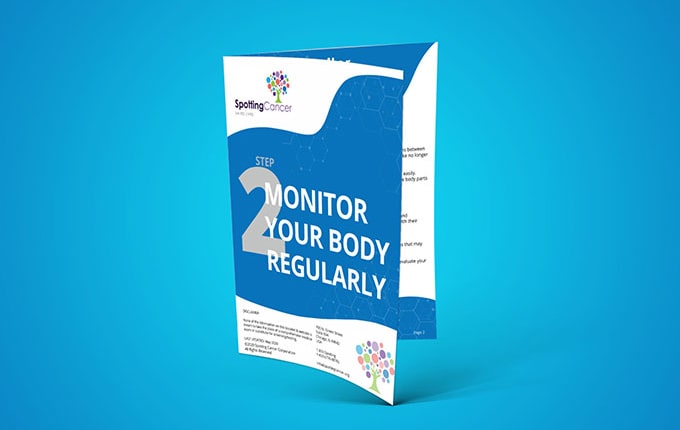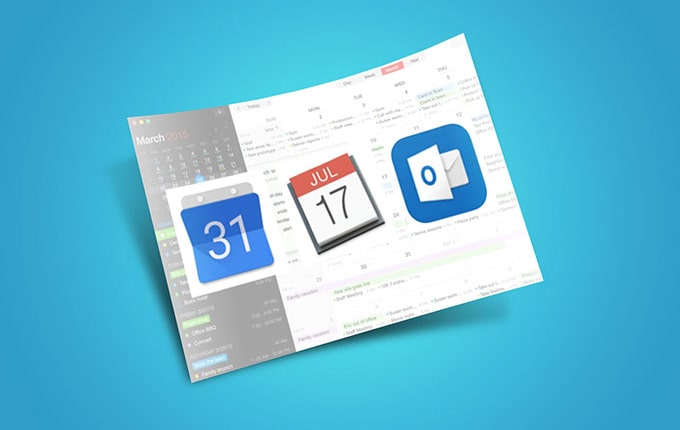Step 2: Monitor Your Body
Frequency
- Monthly
Preparation
- Know the signs and symptoms for thyroid early cancer detection
- Mirror
- Glass of water
Examination
- Locate your thyroid gland, which is above your collarbone and below your larynx (or voice box). Don’t confuse your thyroid with your Adam’s apple, which is above the thyroid gland.
- Keeping your focus on this part of the neck, tip your head back, then swallow a drink of water.
- Look at your neck in the mirror while you swallow. Check for any static or moving bumps.
or
Download Our Spot and Survive Guides Free Now!
Learn the signs to potentially save yours and your family’s life.
Spot Cancer
Get reminder emails, tips, and resources to develop your spotting cancer habit when you join the Cancer Detection Squad

Take Action
If you spot any abnormalities consider them “red flags”. They do not mean you have cancer. However, consult your medical team for a professional evaluation.
you can
when you download and use our guides
Get the Thyroid Monitoring Guide
Get the Complete Body Monitoring Guide
Download the Complete Body Monitoring Guide to keep track of your body’s changes. The guide includes interactive charts and body monitoring guidelines.
Save a Body Monitoring and Screening & Testing schedule
Regular monitoring and testing is a life-saving habit. Save a Body Monitoring and Screening & Testing schedule to your Google Calendar or iCalendar to stay on track!
Get the Proactive Plan For Early Detection of Breast Cancer Guide
You're on Step 2

Step 1:
Signs & Symptoms
To monitor yourself for early cancer detection, you must know the cancer signs and symptoms. A listing of the various signs and symptoms are just a click away.

Step 2:
Body Monitoring
Cancer grows 24/7. Therefore, you must monitor your body to detect any abnormality between regular doctor visits or screenings. The tools and methods are described in this section.

Step 3:
Family History
Knowing and charting your family medical history will help your medical team as they develop a long-term wellness program suited to your unique needs.

Step 4:
Medical Team
Cancer is not self-healing. Therefore, when spotting a cancer sign or symptom, consider it a red flag that should cause you to consult your medical team immediately to determine if it is cancer or another illness.
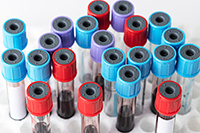
Step 5:
Screening & Testing
Not all cancer signs and symptoms are visible. You should establish specific times for the various cancer screening and tests with your medical team.
